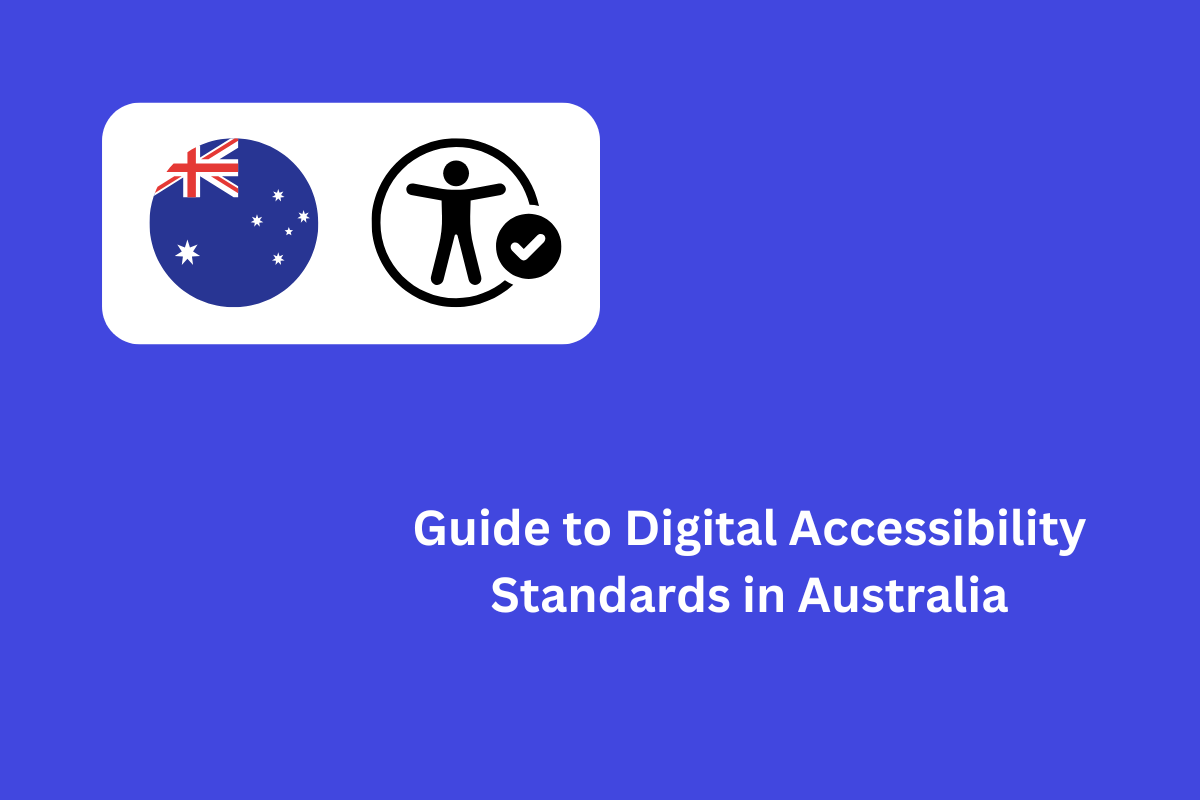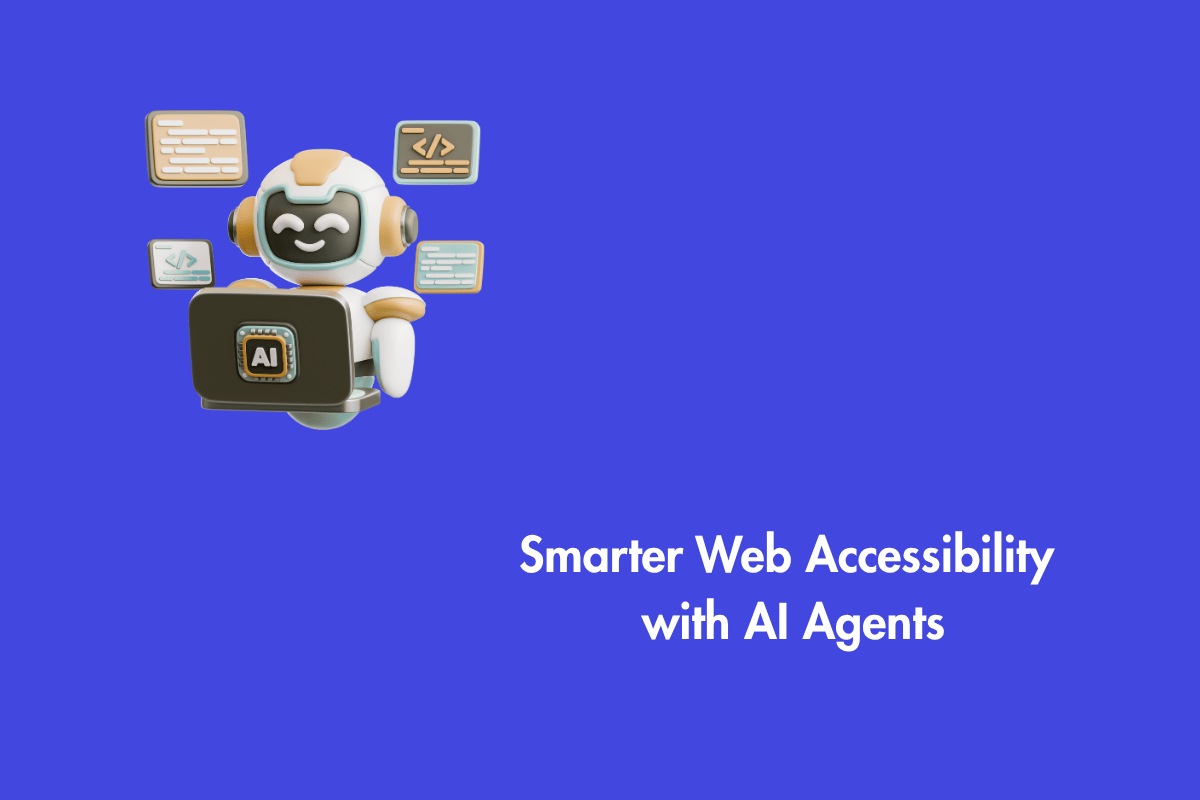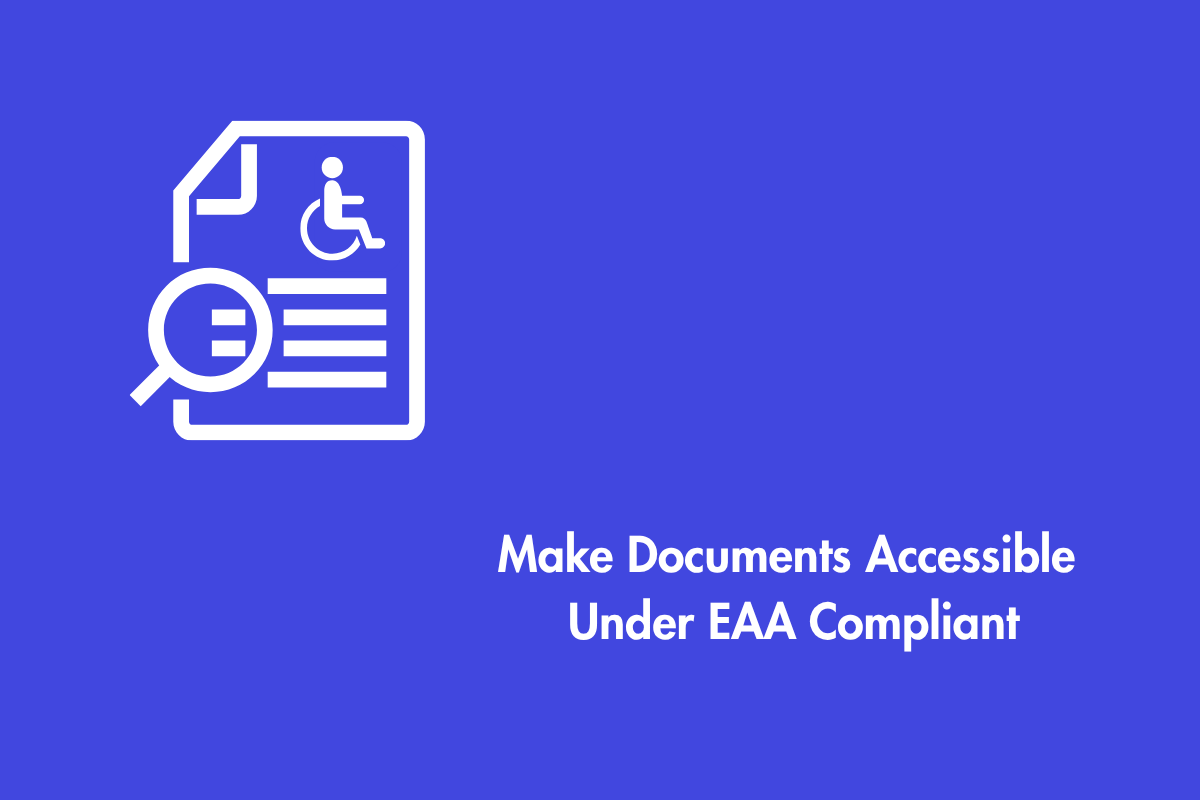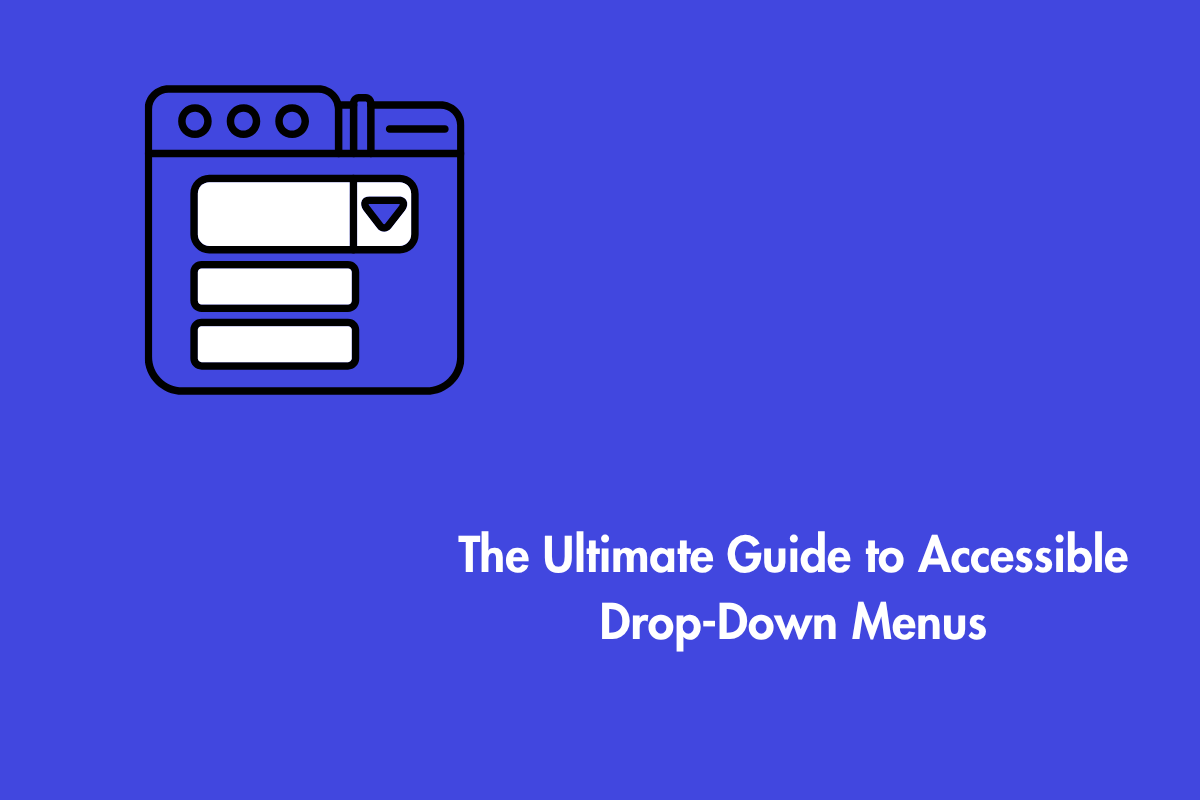Today, nearly every product and service is available online, making digital accessibility an essential aspect of any successful business. By ensuring your website is accessible, you can enable users with varying abilities, language barriers, and cultural backgrounds to fully engage with your content. One in five Australians has some form of disability, in other words, an astonishing 4.4 million people are deprived of easily available goods or services. In this blog, we will explore various topics related to web accessibility standards in Australia.
Table of Contents
Disability Discrimination Act 1992 (DDA)
Australia’s Disability Discrimination Act (DDA) of 1992 is the primary law protecting the rights of people with disabilities, similar to the U.S. Americans with Disabilities Act (ADA). It prohibits discrimination in employment and requires both public and private organizations to provide reasonable accommodations for employees and customers with disabilities.
Though the DDA predates the widespread use of the internet, it has been interpreted to apply to websites and mobile apps. The Australian Human Rights Commission (AHRC) enforces digital accessibility in Australia and, in 2014, recommended aligning with Level AA of the Web Content Accessibility Guidelines (WCAG).
WCAG, the international standard for web accessibility, provides guidelines based on four core principles: perceivability, operability, understandability, and robustness. Meeting WCAG Level AA is generally considered sufficient for ensuring accessibility for most users, making it a key benchmark for compliance with the DDA.
Key takeaways
- The DDA allows individuals with disabilities to access digital information and services as a fundamental right.
- It enables them to take legal action against non-compliant organizations.
- The act, in extension, mandates that digital products and services should adhere to WCAG 2.1 Level AA standards.
Digital Transformation Agency (DTA)
DTA is an entity that focuses on modernizing and improving the digital capabilities of government services. While the DTA does not have direct authority over private entities, it can still offer a framework and guidance to assist them. Furthermore, it can also influence their functioning, especially when they are working with government agencies. Here are some of the core responsibilities of the Digital Transformation Agency:
1. Strategic Leadership
- Provides leadership on digital transformation across government agencies.
- Implements the Data and Digital Government Strategy, comprehensive approach aimed at transforming how government services are delivered through the effective use of data, technology, and digital services.
- Streamlines processes and improves service delivery.
- Oversees significant digital and ICT investments which span across various sectors, including digital government services, cybersecurity, education and skills training, and the promotion of innovation and technology adoption across industries.
2. Policy Development
- Develops policies and frameworks for digital service implementation.
- Sets standards for accessibility and usability.
- Emphasizes user-centered design, accessibility, and continuous improvement.
3. Capability Development
- Enhances digital skills of government employees.
- Conducts user research to understand citizens’ needs and design effective digital services.
ICT Procurement Standard Guidelines
Enacted in 2016, the ICT Procurement Standard Guidance is an Australian government initiative aimed at making public workplaces more accessible. Similar to the U.S. Section 508, it goes beyond web content to ensure that all information and communication technology (ICT) products and services purchased by the Australian Government are accessible to all employees, including those with disabilities.
The standard covers a wide range of ICT products—audio, video, hardware, software, web-based tools, and related support services—and requires that procurement processes ensure these products are usable by all employees, regardless of impairments. It aligns with the European EN 301 549 standard (including WCAG 2.1 Level AA) and is primarily applied during the renewal or replacement of ICT goods and services. The guidance is used alongside Australia’s existing procurement standards, with a focus on WCAG 2.0 conformance.
Australian Human Rights Commission (AHRC)
The Australian Human Rights Commission (AHRC) provides guidance and resources to organizations to make their digital platforms accessible to individuals with disabilities, including providing guidance on website and mobile app design. The AHRC also addresses complaints about digital inaccessibility, providing a pathway for resolving issues when digital services do not accommodate users with disabilities. This dual approach of guidance and enforcement highlights the AHRC’s dedication to creating an inclusive digital environment across Australia.
The AHRC regularly receives numerous complaints related to discrimination and accessibility, highlighting ongoing challenges with compliance. They are responsible for enforcing the DDA, addressing disability discrimination issues, and providing support resources. In addition to these duties, they advocate for the rights of disabled individuals and work to raise awareness about the importance of digital accessibility.
The AHRC is actively working to improve digital accessibility across Australia. They conduct accessibility assessments, offer training, publish guidelines, and collaborate with key stakeholders. Their efforts have significantly contributed to advancing the DDA, ensuring that people with disabilities can access and benefit from digital content and services, thus promoting a more inclusive society with equal digital opportunities.
Legal Penalties and Case Studies
The Australian Human Rights Commission handles complaints related to alleged violations of the Disability Discrimination Act (DDA) and seeks to resolve these issues through conciliation, an informal process outside the court system. If conciliation does not lead to a resolution, complainants may be able to seek monetary damages by taking the case to the Federal Court of Australia or the Federal Circuit Court.
In short, organizations with non-accessible websites or mobile apps may be at risk of legal action. Here are two case studies to understand further:
1. Coles Group
Coles Group is an Australian retail behemoth that mainly deals with selling food and groceries. Gisele Mesnage, a visually-impaired individual, found it difficult to navigate through the retail’s website. She filed a complaint against them for making their website non-accessible with screen readers and assistive technologies. The Enforcing entity AHRC investigated and found that coles group was indeed guilty of that charge. Therefore, Coles Group agreed to make the necessary changes to make their website more accessible and user-friendly.
2. RailCorp
RailCorp is a New South Wales (NSW) government agency that manages and maintains the rail network. In 2011, Graeme Innes, a former Disability Discrimination Commissioner, alleged that the website and ticketing services were inaccessible to visually impaired people. The AHRC investigated and passed the ruling in favor of Mr. Innes. Hence, RailCorp was forced to make the essential changes to its website and ticketing system.
Wrapping up
In a nutshell, our blog helps you understand the various entities and laws involved in ensuring that businesses prioritize accessibility in Australia. Here are the entities and their functions:
- Disability Discrimination Act (DDA): The law safeguards the rights of people with disabilities to access digital information and services
- Digital Transformation Agency (DTA): Plays an influential role in championing digital accessibility by focusing on government services and the organizations that work with them.
- The ICT Procurement Standard Guidance: Ensures that all ICT products and services purchased by the Australian Government are accessible to employees with disabilities. It covers a wide range of ICT products and aligns with international standards like EN 301 549 and WCAG 2.1. Australian Human Rights Commission (AHRC): The AHRC is an enforcing entity that addresses complaints concerning non compliance or inaccessible digital products and services.
Lastly, we presented two prominent case studies to demonstrate how these laws and enforcing entities assisted individuals with impairments to ensure that government and private agencies are accessible.



